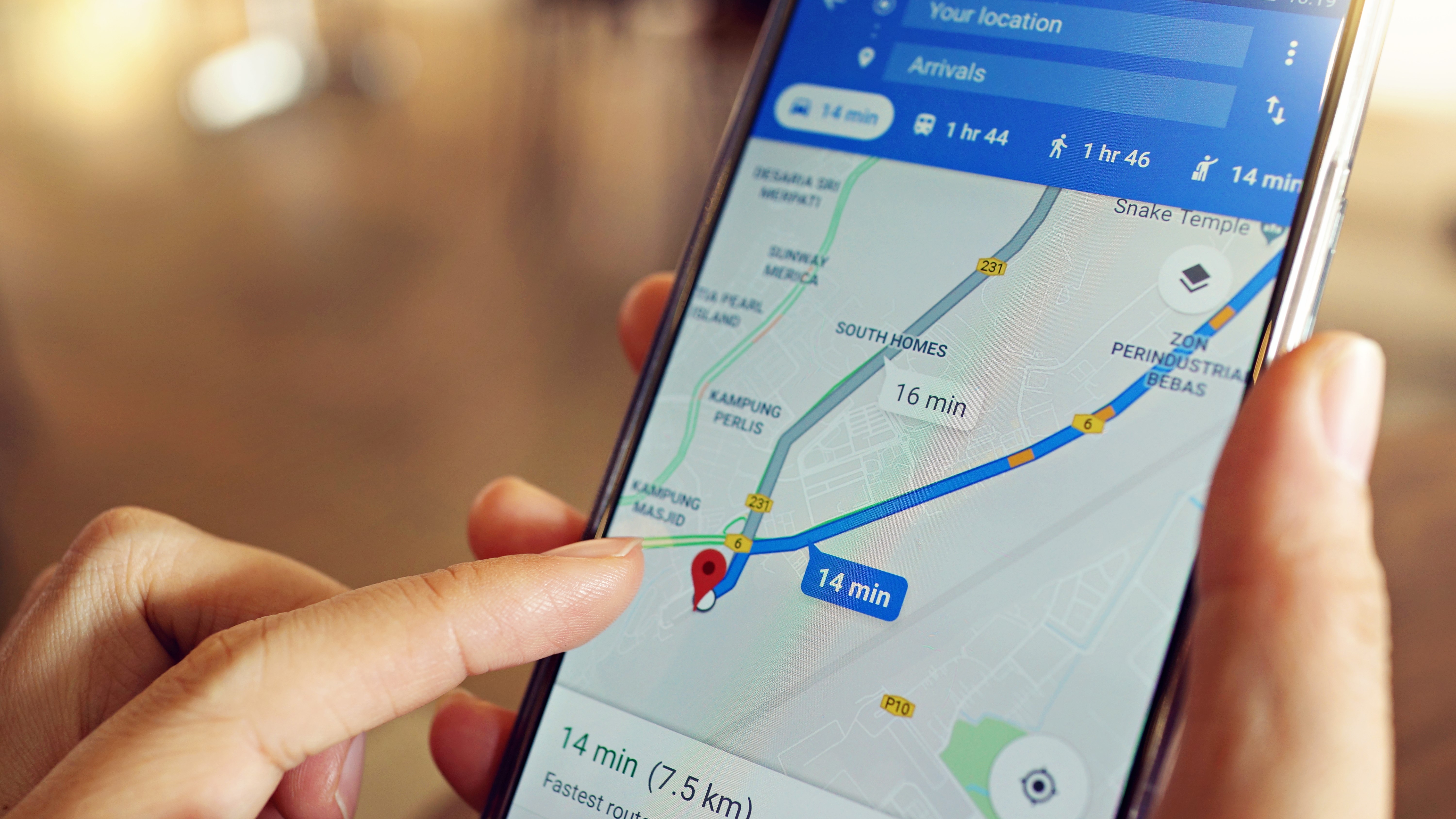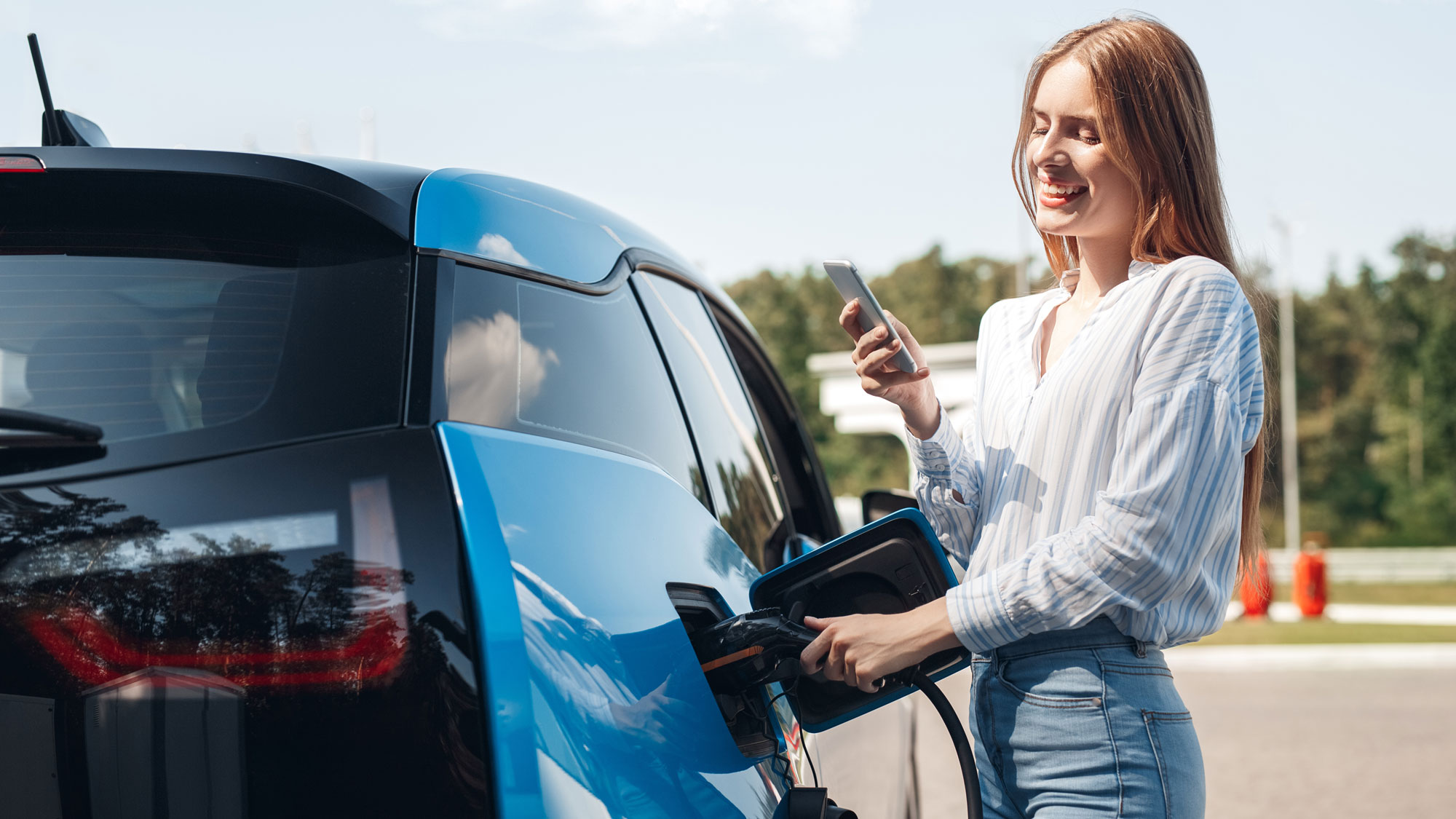Google Maps just got an important update for EV drivers
But it still needs more EV-friendly features

Google Maps has just become a little more helpful for electric vehicle drivers who are in desperate need of a charging station.
Now, when you’re using Google Maps in Android Auto to navigate, if your app settings have your car set as an EV, it will no longer recommend gas stations at the top of the Categories menu. Instead, you’ll see charging points in pole position – a much more useful option for drivers of vehicles that don’t need gas.
The Categories menu provides you with a shortcut to search for all nearby locations that fit into a specific category such as restaurants, groceries, coffee or gas stations, and charging points to name a few. Tap on one of the categories and the app will pin and recommend several locations that fit the description of what you’re looking for.
While EV drivers tend to plan trips around charging station locations, there will be times when you’re caught out and unexpectedly need to recharge your vehicle. If you aren’t familiar with the area you’re driving in, finding a charging point can be a challenge. With this Categories menu change, it’s now a lot easier to use Google Maps and find the juice you need.
Beyond telling Google that you have an EV, you can also inform it of the type of charger it takes and the charge speed you desire – information that will further refine the list of charging options it recommends.
For now, the change appears to be exclusive to the Android Auto version of Google Maps. You can still search for nearby charging points in the regular Maps app, but the shortcut is harder to find no matter how you set your vehicle preferences.
More EV-friendly features required

This update follows a Google Maps change from last September that allows the app to tailor its personalized route recommendations to help EV drivers travel more efficiently. Much like how the feature works for other vehicle drivers, Google Maps looks over the data it has and recommends the route it believes will be most efficient – marking it with a green leaf symbol.
Get daily insight, inspiration and deals in your inbox
Sign up for breaking news, reviews, opinion, top tech deals, and more.
Typically the most efficient route is also the fastest but when it isn’t, the time difference between the two is often minimal – and choosing the more efficient (albeit slower) route means you’ll use less fuel or charge to get from A to B and hopefully save money in the long run.
Google Maps still has a ways to go, however. The biggest challenge it has is overcoming the in-vehicle navigation that comes with many EVs. This built-in system has the advantage of knowing the car’s status and can often automatically update your route based on how much charge your car has left – a feature Google Maps cannot currently match.
You might also like

Hamish is a Senior Staff Writer for TechRadar and you’ll see his name appearing on articles across nearly every topic on the site from smart home deals to speaker reviews to graphics card news and everything in between. He uses his broad range of knowledge to help explain the latest gadgets and if they’re a must-buy or a fad fueled by hype. Though his specialty is writing about everything going on in the world of virtual reality and augmented reality.